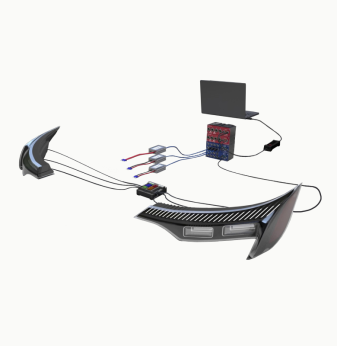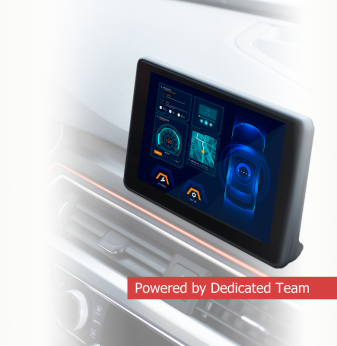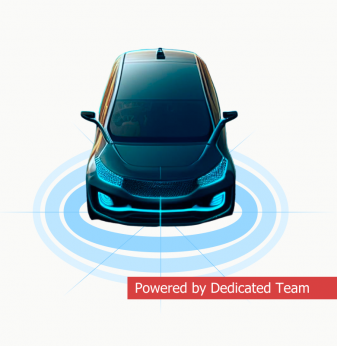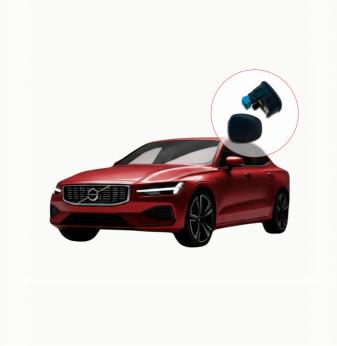Integrating V2X Communication in Autonomous Delivery Vehicles
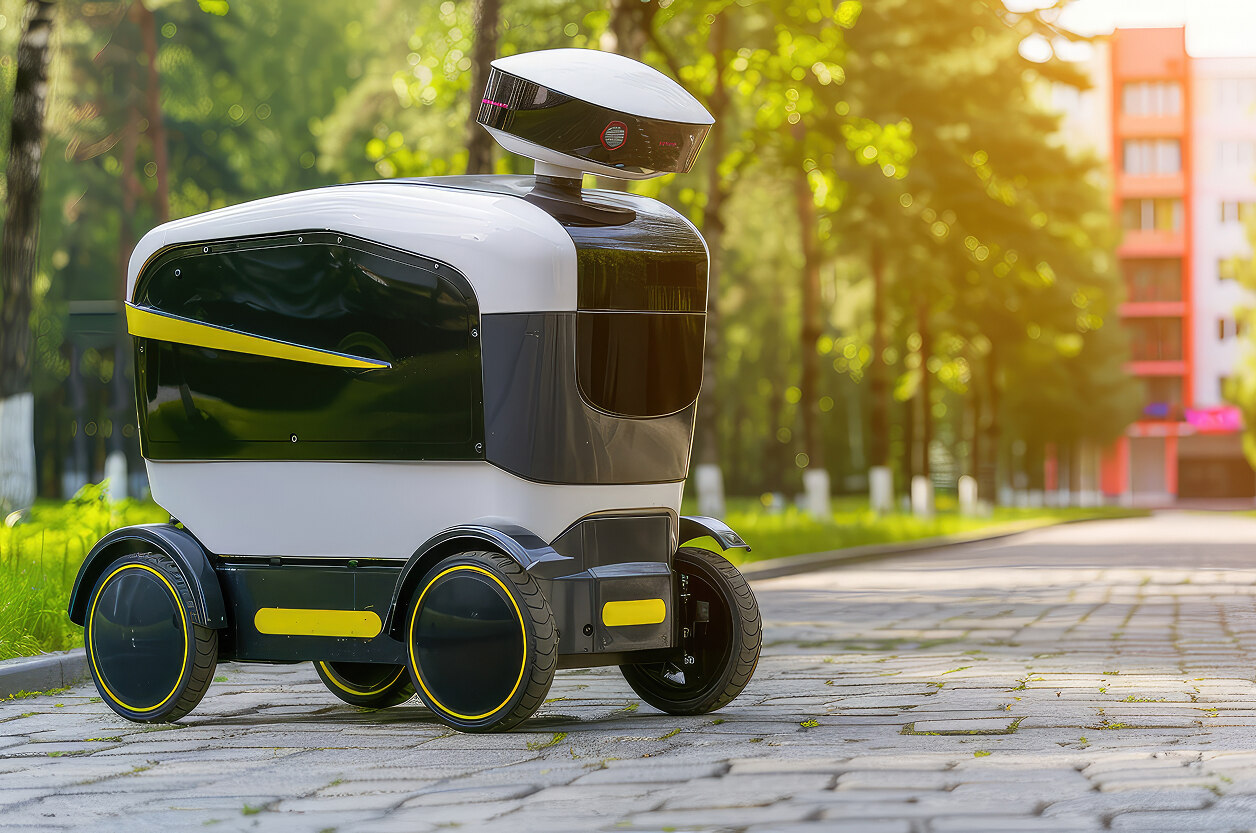
Why V2X is critical for autonomous delivery
Autonomous delivery vehicles are quickly becoming an important component of last-mile logistics, especially in urban environments where efficiency, safety, and speed are critical. While onboard sensors such as cameras, LiDAR, and radar allow vehicles to perceive their surroundings, they are limited to line-of-sight detection. Vehicle-to-Everything (V2X) communication extends this capability by allowing delivery vehicles to exchange information with other vehicles, infrastructure, and even pedestrians’ devices.
V2X enables these vehicles to anticipate hazards, receive real-time traffic updates, and coordinate with other road users to avoid congestion. For last-mile delivery operations, this means fewer delays, safer navigation in complex environments, and more efficient routing.
Core capabilities of V2X in delivery vehicles
V2X communication encompasses several modes: Vehicle-to-Vehicle (V2V), Vehicle-to-Infrastructure (V2I), Vehicle-to-Pedestrian (V2P), and Vehicle-to-Network (V2N). In autonomous delivery, each mode plays a distinct role:
- V2V allows vehicles to share speed, direction, and braking information to avoid collisions and coordinate lane changes.
- V2I enables vehicles to receive signal phase and timing data from traffic lights, helping them optimize speed and reduce idle times.
- V2P increases pedestrian safety by detecting smartphone signals and sending alerts to both the pedestrian and the vehicle.
- V2N connects the vehicle to cloud-based systems for traffic forecasts, weather alerts, and route optimization.
By combining these modes, delivery fleets can achieve real-time coordination across entire urban networks, improving throughput and safety.
Key questions when integrating V2X into autonomous delivery
- What communication standards (DSRC, C-V2X, 5G NR) offer the best performance for specific delivery environments?
- How can data security and privacy be maintained in V2X networks without impacting latency?
- What is the optimal balance between edge processing on the vehicle and cloud-based analytics?
- How can fleets ensure interoperability between vehicles from different manufacturers and city infrastructure?
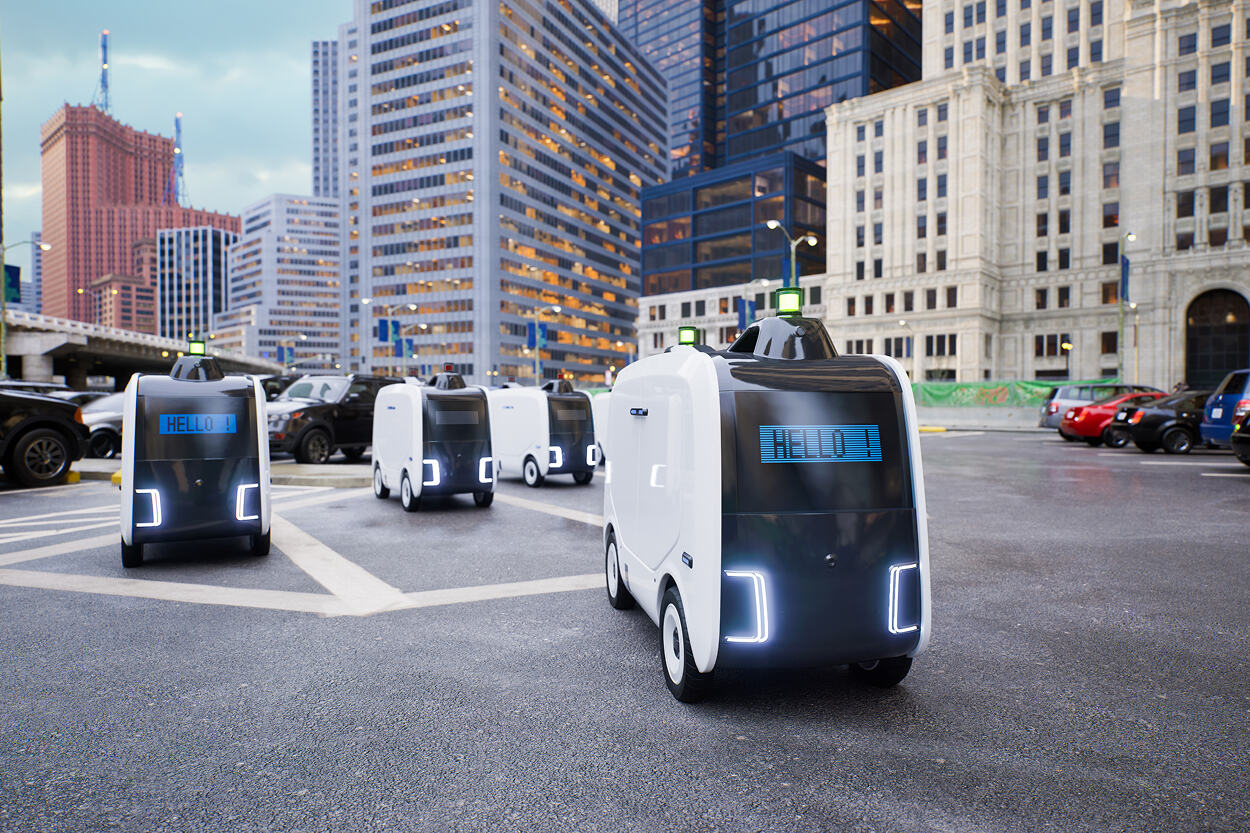
Practical examples and industry trends
Some pilot programs have tested autonomous delivery pods equipped with V2I systems that synchronize with city traffic lights, reducing stops and saving energy. By knowing when a light will turn green, the vehicle can adjust its speed rather than coming to a full stop.
In other cases, V2V capabilities allow multiple delivery vehicles traveling in the same area to share hazard information, such as blocked streets or sudden braking events. This enables dynamic rerouting in seconds, minimizing disruptions.
Retail and e-commerce companies are exploring integrated logistics platforms that combine autonomous delivery vehicles with V2X-enabled route planning. These systems prioritize delivery tasks based on live traffic and road conditions, optimizing fleet utilization.
The future of V2X-enabled delivery fleets
As 5G networks expand, the low latency and high bandwidth they provide will significantly enhance V2X communication capabilities. This will make real-time decision-making even faster, allowing delivery vehicles to react to changes in their environment with minimal delay.
Edge AI will also become more prevalent, processing data from V2X networks directly on the vehicle to reduce reliance on cloud servers. Combined with predictive analytics, fleets will be able to anticipate congestion, accidents, or weather-related hazards before they occur, improving reliability and efficiency.
Standardization will be a major factor in enabling large-scale deployment. Cities, manufacturers, and service providers will need to agree on communication protocols, security frameworks, and data-sharing policies to ensure that V2X-equipped delivery vehicles can operate seamlessly across jurisdictions.
Our Case Studies


